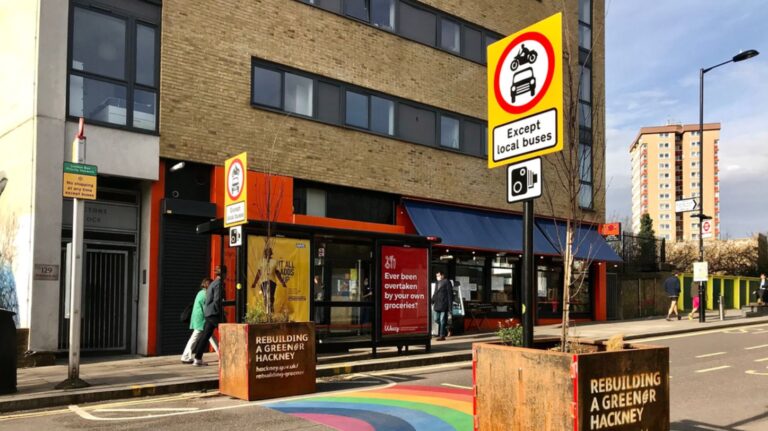Lambeth Council has announced plans to establish the Streatham Wells low traffic neighbourhood (LTN) with the aim to reduce motor vehicle traffic and road danger, improve air quality and make it easier to walk and cycle.
Lambeth Council will introduce traffic restrictions on roads within the Streatham Wells LTN to aid the wider transformation of Streatham to make it safer, provide more planting and greenery and create more space for meeting and socialising.
Streatham Wells is part of a trial to roll out delivery lockers to reduce the number of last-mile journeys driven by van in the area.
Part of the LTN trial will be a public consultation so those who live, work, or travel through the area can have their say on the scheme.
Read more: Don’t treat low traffic neighbourhoods as ‘political football’, urges cycling group
The proposed Streatham Wells LTN would include traffic filters in Leigham Avenue, Culverhouse Gardens, Valley Road and Gleneldon Road.
Data will be published around air quality and traffic volumes both within the LTN and on boundary roads in line with the council’s Monitoring Strategy. Together with Transport for London, Lambeth will also be monitoring bus journey times on some of the key routes.
Deputy council leader, Cllr Rezina Chowdhury, cabinet member for sustainable Lambeth and clean air, said: “These proposals will lead to a significant improvement in road safety, air quality and will allow more space for people to enjoy their neighbourhoods without worrying about traffic jams and exhaust fumes.”
Lambeth Council has been working closely with the community throughout the process as part of its commitment to collaborate on scheme design.
The scheme makes allowances for buses, emergency services and rapid response healthcare providers, Blue Badge holders and bin lorries, as well as taxis and adapted private hire vehicles for some filters.
Further improvement work will take place within the area, including tree planting, cycling parking and community parklets, as well as new climate resiliency measures such as raingardens.
Chowdhury added: “We have been listening to the community for more than two years to ensure these proposals strike the right balance between reducing overall traffic volume and supporting people where they live or work and will continue to ask for feedback as we move forward.”
“The proposed Streatham Wells LTN, as well as the other improvements, show we are taking bold steps to address issues like road danger, toxic air quality and climate resilience.”





